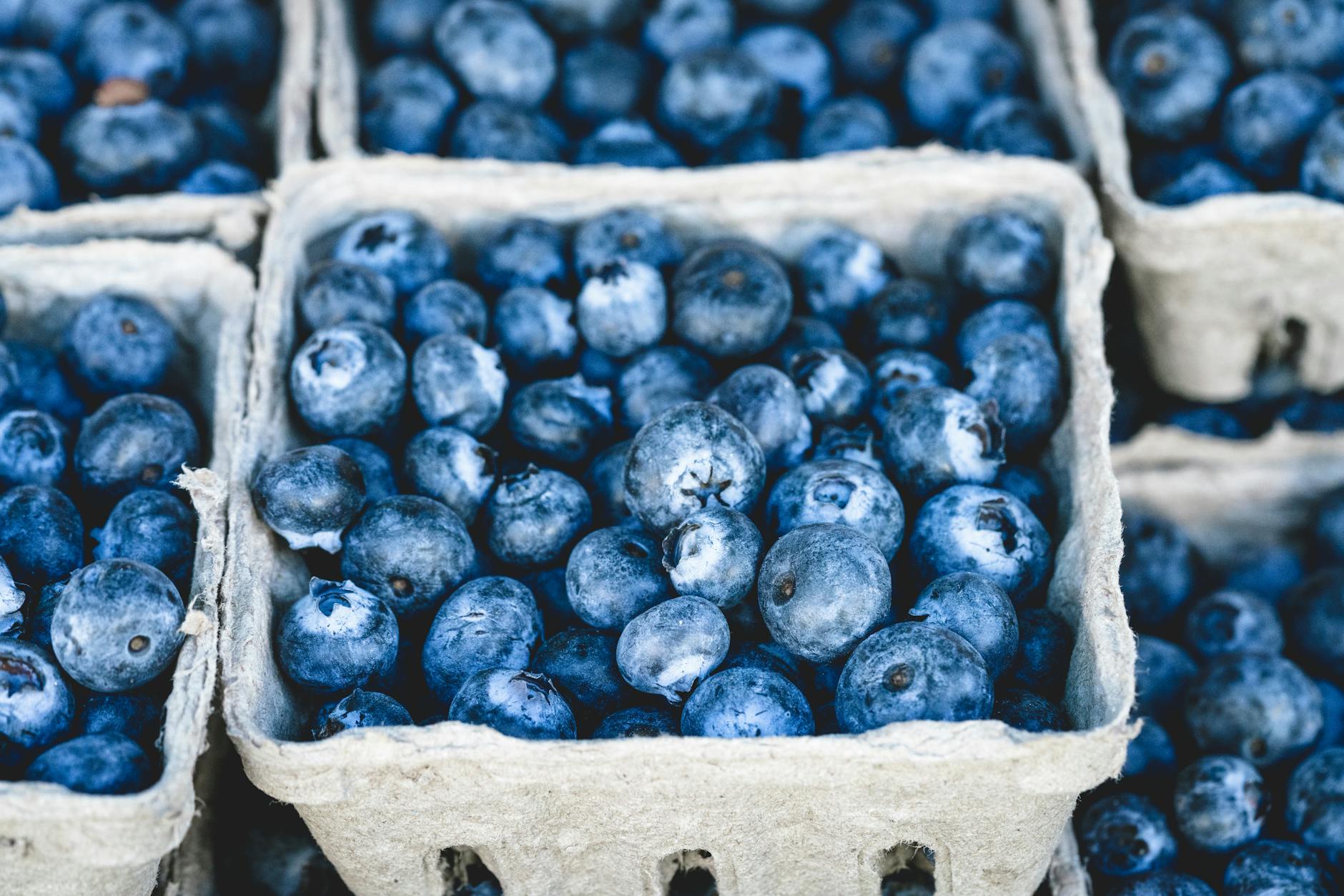The diversification of the cannabis industry has led to an increased array of options when it comes to the methods of consuming cannabis. Each method offers its unique experience, effects, and benefits. Below, we delve into these methods – smoking, vaporizing, edibles, cannabis extracts, tinctures, topicals, cannabis-infused beverages, dabs, cannabis capsules, and sublingual administration.
1. Smoking: Arguably the most traditional and well-known method of consuming cannabis, smoking involves inhaling the combustion by-products of dried cannabis flowers. One can smoke cannabis using various devices, including hand pipes, water pipes (bongs), and rolled papers (joints or blunts). Research has indicated that smoking could provide immediate relief for those looking to manage their symptoms quickly. However, the long-term effects of smoking on lung health remain a concern.
2. Vaporizing: This involves the use of a device, known as a vaporizer, to heat the cannabis to a temperature that’s sufficient to extract cannabinoids and terpenes from the plant material but below the point of combustion. Vaporizing can provide equivalent symptom relief as smoking but with potentially fewer harmful respiratory effects.
3. Edibles: Cannabis can also be consumed in the form of food products, commonly known as edibles. These could include biscuits, chocolates, gummies, and more. Edibles are typically characterized by their longer onset time and more potent effects, making them popular among those seeking long-lasting symptom relief.
4. Cannabis Extracts: These are highly concentrated forms of cannabis, such as oils, wax, shatter, or resin, that are usually consumed by vaporizing or dabbing. Cannabis extracts can deliver potent effects and may be preferred by experienced users or those with higher tolerance levels.
5. Tinctures: Made by infusing cannabis flowers in high-proof alcohol, tinctures provide a great way of consuming cannabis, especially for those that prefer not to smoke or inhale. Administered sublingually, tinctures can be an efficient method for those seeking fast-acting relief.
6. Topicals: These are cannabis-infused lotions, balms, or oils applied directly to the skin. Topicals can provide localized relief for pain and inflammation without any psychoactive effects. They are a popular choice for those using cannabis for physical relief rather than recreational purposes.
7. Cannabis-infused Beverages: Drinks infused with cannabis can offer an easy and discreet way to consume the plant. These beverages come in the form of teas, sodas, and even alcohol-free wines and beers. While the onset time of the effects can be longer, these beverages can also be a good alternative for those who dislike smoke or vapor.
8. Dabs: Dabbing involves heating a small amount of cannabis concentrate known as a ‘dab’ on a hot surface and inhaling the evaporated cannabinoids. The concentrated nature of dabs makes them potent and fast-acting, although this method should be approached with caution due to its intensity.
9. Cannabis Capsules: Also known as canna caps, these are capsules filled with cannabis oil. They offer a safe, discreet, and straightforward way of consuming cannabis, especially for those who want to avoid any unpleasant taste or smell associated with the plant.
10. Sublingual Administration: This method involves placing cannabis extract or tincture under the tongue, where it absorbs into the bloodstream through the mucous membranes. Sublingual administration offers fast onset times and precise dosing, making it an excellent option for medicinal use.
In conclusion, the way one decides to consume cannabis depends on individual preferences, desired effects, and circumstance. As cannabis legalization widens and research continues, more methods of consumption will likely emerge. It is always vital to research and consult with a healthcare provider to understand the best method for your individual needs and circumstances.
Sources:
1. Health risks of smoking
2. Vaporizing vs smoking
3. Effects of cannabis edibles
4. Cannabis extracts risks
5. Sublingual administration


